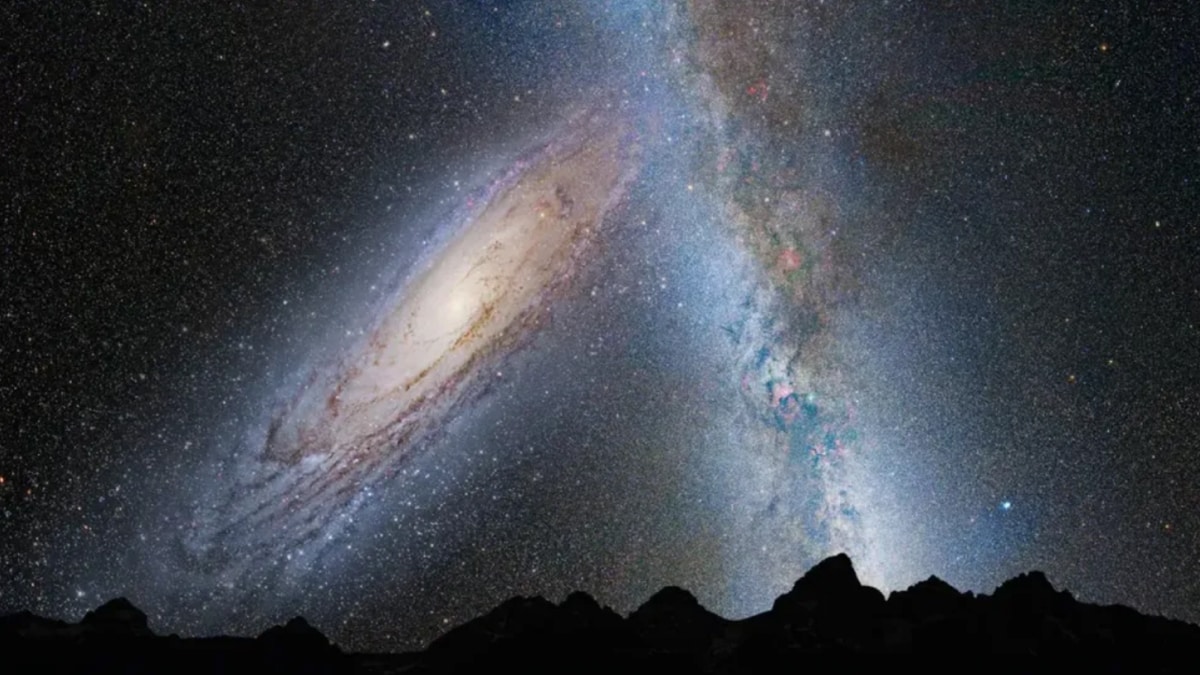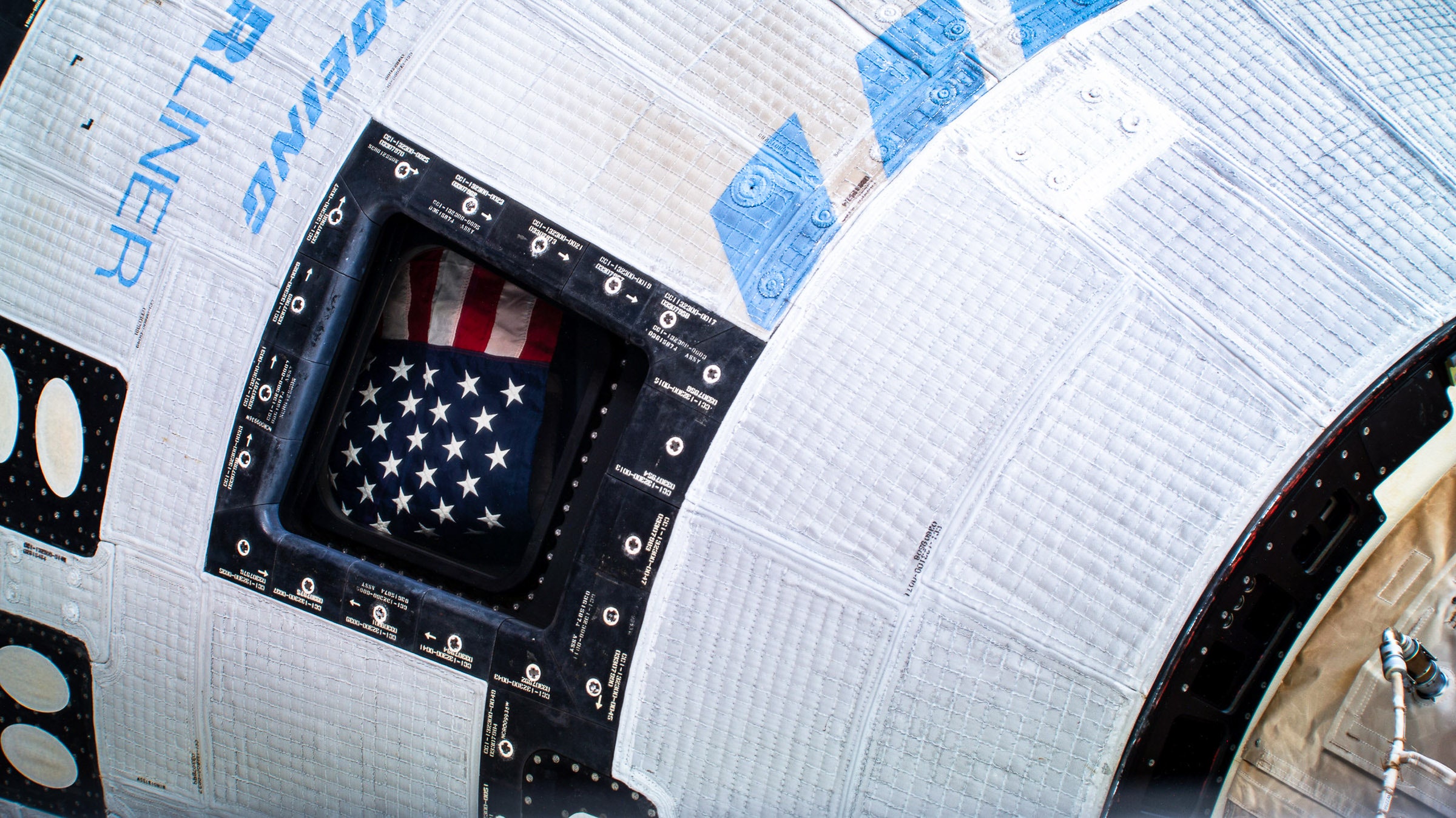The Euclid space telescope, launched by the European Space Agency (ESA), recently captured its first breathtaking images, presenting a mosaic that includes over 14 million galaxies. This monumental achievement is part of Euclid’s mission to create a comprehensive cosmic atlas, aiming to illuminate the mysteries of dark matter and dark energy.
Unprecedented Scale
Carole Mundell, ESA’s director of science, emphasised the vastness of the images, stating that representing them at full resolution would require over 16,000 4K TV screens. This initial mosaic, comprising 260 images, covers an area of the southern sky about 500 times the size of the full moon. Despite being just 1 percent of the final cosmic map, it showcases the telescope’s capabilities and the profound implications for our understanding of the universe.
Scientific Insights
The images reveal fascinating phenomena, including the galactic cirrus—dust and gas from the Milky Way—and interactions between galaxies located hundreds of millions of light years away. The Euclid telescope will autonomously scan a third of the night sky over the next six years, ultimately expected to unveil around 8 billion galaxies. The data collected will enable researchers to investigate the cosmic web—the distribution of matter across the universe—while measuring the effects of gravity on light.
Exploring the Dark Universe
Through its advanced observational capabilities, the Euclid telescope will provide unprecedented insights into dark matter and dark energy, which are crucial to understanding the universe’s expansion. The data collected will allow scientists to explore how these elusive elements shape the cosmos, as they affect the formation of voids between galaxy clusters.
A New Perspective on the Universe
As the Euclid mission progresses, researchers anticipate significant advancements in our comprehension of the fundamental laws of physics. By examining the universe on such a grand scale, scientists aim to test existing theories and potentially develop new models to explain the complex structure of our cosmos.
(This story has not been edited by NDTV staff and is auto-generated from a syndicated feed.)




